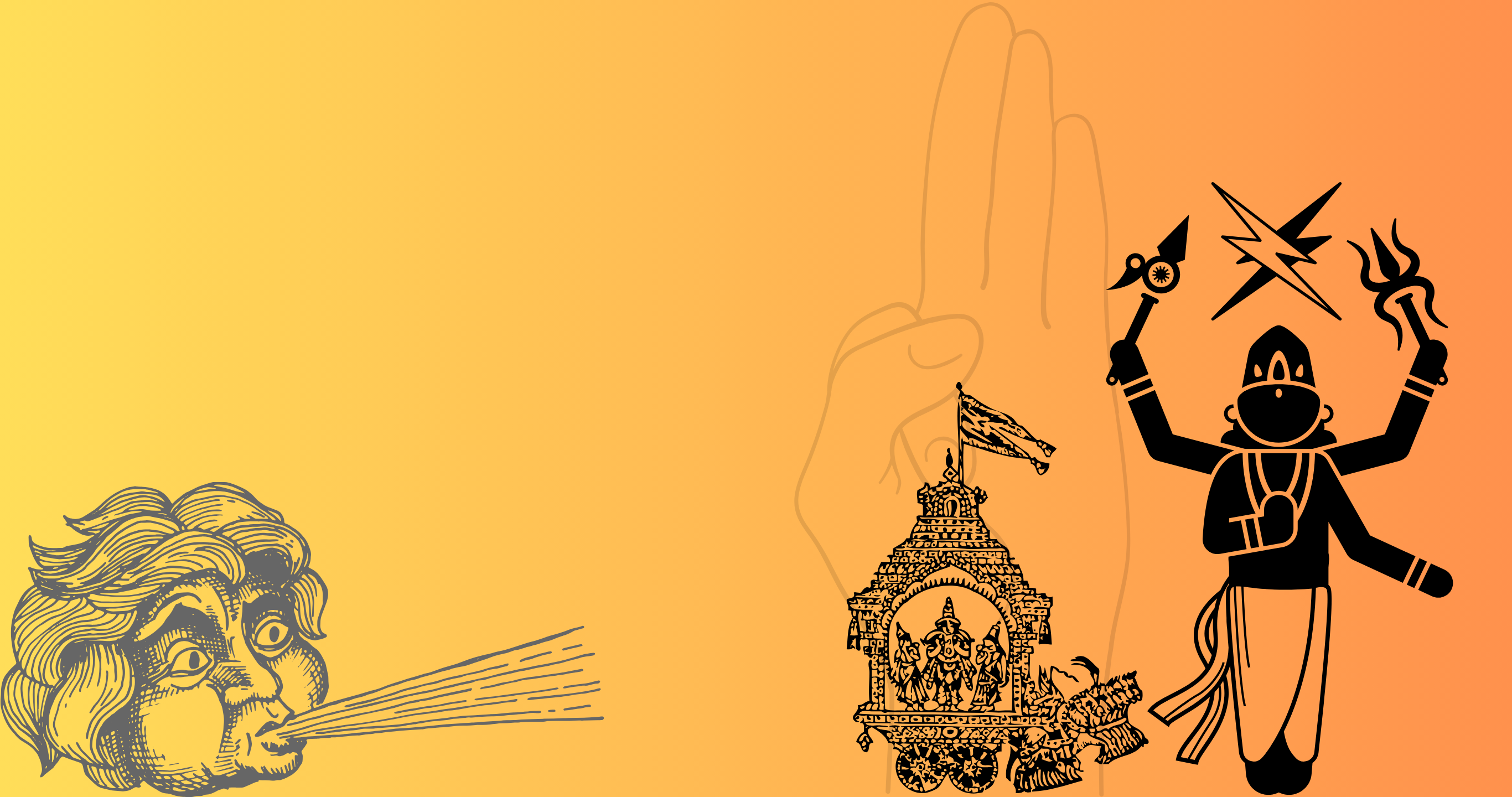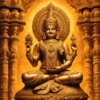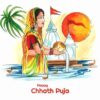In the Vedas, the concept of the 33 Hindu deities is central to the early understanding of cosmic forces and divine powers. The Vedic texts, particularly the Rigveda, categorize these deities as manifestations of natural elements and cosmic principles.
The 33 deities are divided into three realms: heaven, earth, and space (atmosphere). Here’s the breakdown:
1. 12 Adityas (Solar Deities)
The Adityas represent the solar deities and celestial gods associated with cosmic order and protection:
- Varuna (god of cosmic law and order)
- Mitra (god of friendship and contracts)
- Aryaman (god of nobility)
- Bhaga (god of wealth)
- Daksha (god of rituals)
- Anśa (god of shares or portions)
- Surya (the Sun god)
- Savitr (god of the sun’s stimulus)
- Tvashta (divine craftsman)
- Pūṣan (god of journeys and cattle)
- Vivasvat (the father of Yama, the first mortal)
- Indra (king of gods and god of rain and thunderstorms)
2. 11 Rudras (Storm and Wind Gods)
The Rudras are associated with storms, wind, and destruction. They eventually evolve into the concept of Rudra-Shiva in later Hinduism:
- Rudra (the fierce god of storms, a precursor to Shiva)
- The remaining ten are often considered aspects or manifestations of Rudra, representing different facets of destruction and transformation in nature.
3. 8 Vasus (Elemental Gods)
The Vasus are elemental deities connected with the physical aspects of the universe:
- Agni (fire)
- Prithvi (earth)
- Vayu (wind)
- Antariksha (atmosphere/space)
- Dyaus (sky)
- Soma (the sacred drink and the Moon)
- Surya (sun)
- Varuna (water)
4. 2 Ashvins (Divine Twin Horsemen)
The Ashvins are divine twins associated with healing, medicine, and protection during journeys:
- Nasatya
- Dasra
Together, these 33 deities are seen as representing different aspects of life, natural phenomena, and cosmic forces in the Vedic worldview.




Add comment